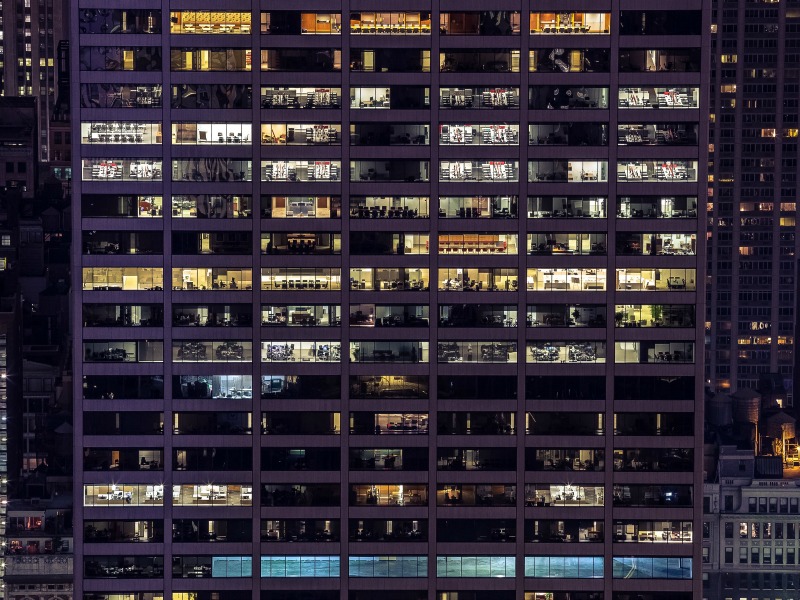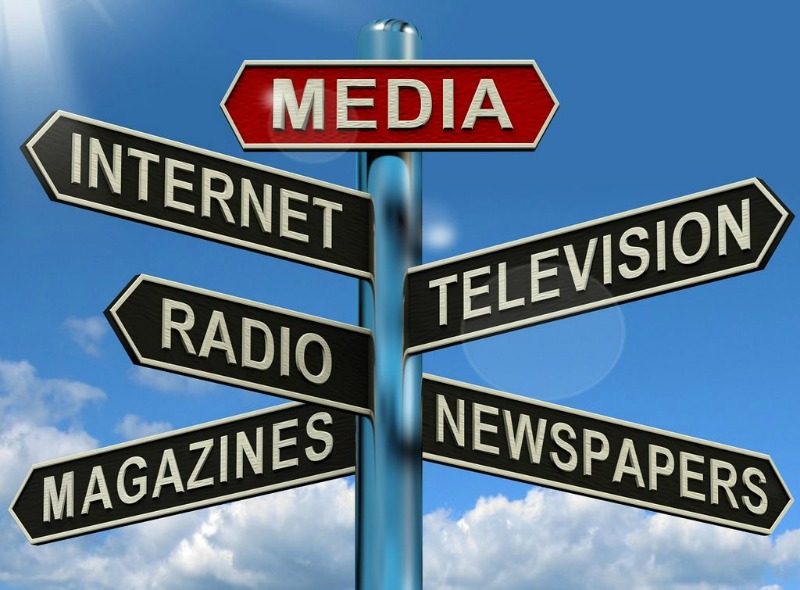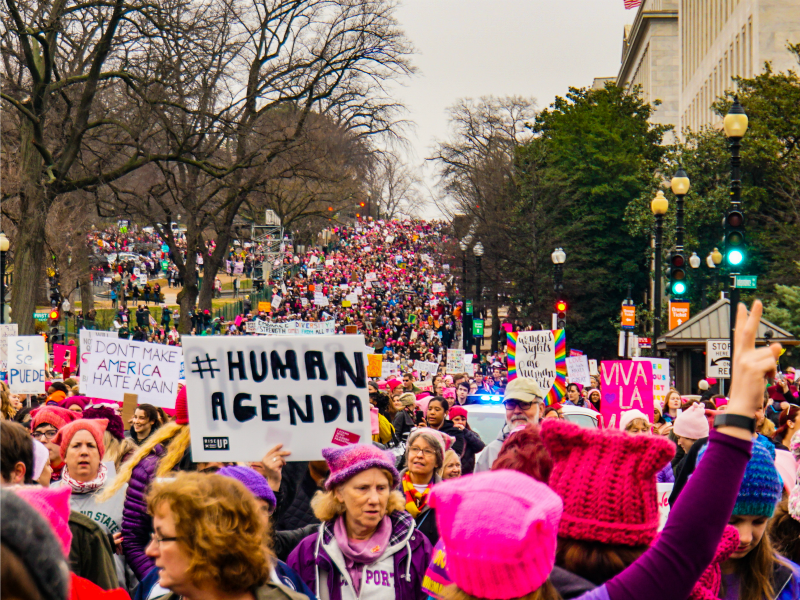Hill+Knowlton Strategies 28 Apr 2016 // 3:53PM GMT

Today, most companies already have a large share of Millennials in their workforce. In the US alone, 80 million employees make up this group and according to PWC, they will make up 75% of the workforce by 2025. The Millennial Generation is comprised of those born between 1980 and 2000 and they are seriously shaping the present and future of the world.
This generation, often criticized for their selfishness, entitlement, lack of patience, connection with multiple-screen obsession and apparent laziness, is also one of the most talented, energized and creative generations… yes, CREATIVE.
So, what does it meant to be creative in 2016?
If we take Prof. Richard Foster’s lecture at Yale, we are told that a bit of unconsciousness and freedom are needed to come up with a creative solution. This creative solution, which differs from a problem solution, needs to be insightful, novel, simple, elegant and generative of new ideas. According to him, the best individuals to achieve creative solutions are those with the right mix of intellect and ability. Firstly, Foster says, he or she has to be curious: have ubiquitous interests, be able to make assumptions, look for flaws, be open to new things and have a certain “immaturity’. Secondly, he or she has to be able to associate ideas, people, images, or as Steve Jobs would say: being able to connect things, the visible and the invisible ones. Third, he or she has to be psychologically androgynous… androgynous? For Foster this means being conservative but a risk taker, being humble and proud at the same time, and having a sunny pessimism.
According to an article that made the cover of Time Magazine back in 2013 under the title: “The me, me, me generation, the ultimate proof that Millennials could be a great force for positive change”, their great mantra has been: “Challenge convention.” In other words, challenge the brief. In the creative process of any industry, communications or engineering, there is a need to be extra confident in order to maintain an optimistic – no matter what - approach to challenges, and to challenge our own approach.
Millennials can challenge the brief because they feel they don’t need to go with the flow, they feel they do not need a boss. They can see beyond the immediate problem, they don’t need to really follow the design thinking approach; they can create their own world even if it’s a virtual one. And perhaps this is one of the reasons why they are the most creative generation: they are ubiquitous thanks to the technology that allows them to interact and be exposed to the whole world, present and past, at any time. They don’t fear losing a job or even a friend that moves to another continent. Technology has not only democratized information, but it has allowed this generation to behave with somewhat similar patterns in spite of being geographically distant or belonging to different cultures. They were born in a borderless digital world and they do not have barriers.
It’s not a surprise that most of the successful and innovative businesses are powered by Millennials: Google, Facebook, Snapchat, Airbnb, to name a few. The culture of these companies is to have a workforce of young people who welcome the creation of new ideas on a constant basis. The fact that Millennials are the most creative generation should not discourage others, generation Xers or baby boomers - many of the great creatives of course were not Millennials: Einstein, Da Vinci, Dali…
Let’s keep on seeding our creative spirit and, as a personal challenge, continue to empower our cage-free Millennials for them to deliver their most creative work.
And in case you need something more to feed your muses here is a link to what I believe to be best 10 books on creativity: http://www.shoutmeloud.com/best-books-on-creativity.html.
Enjoy!
By Claudia Gioia, President & CEO, H+K Strategies Latin America


































.jpg)


.png)
.jpg)











